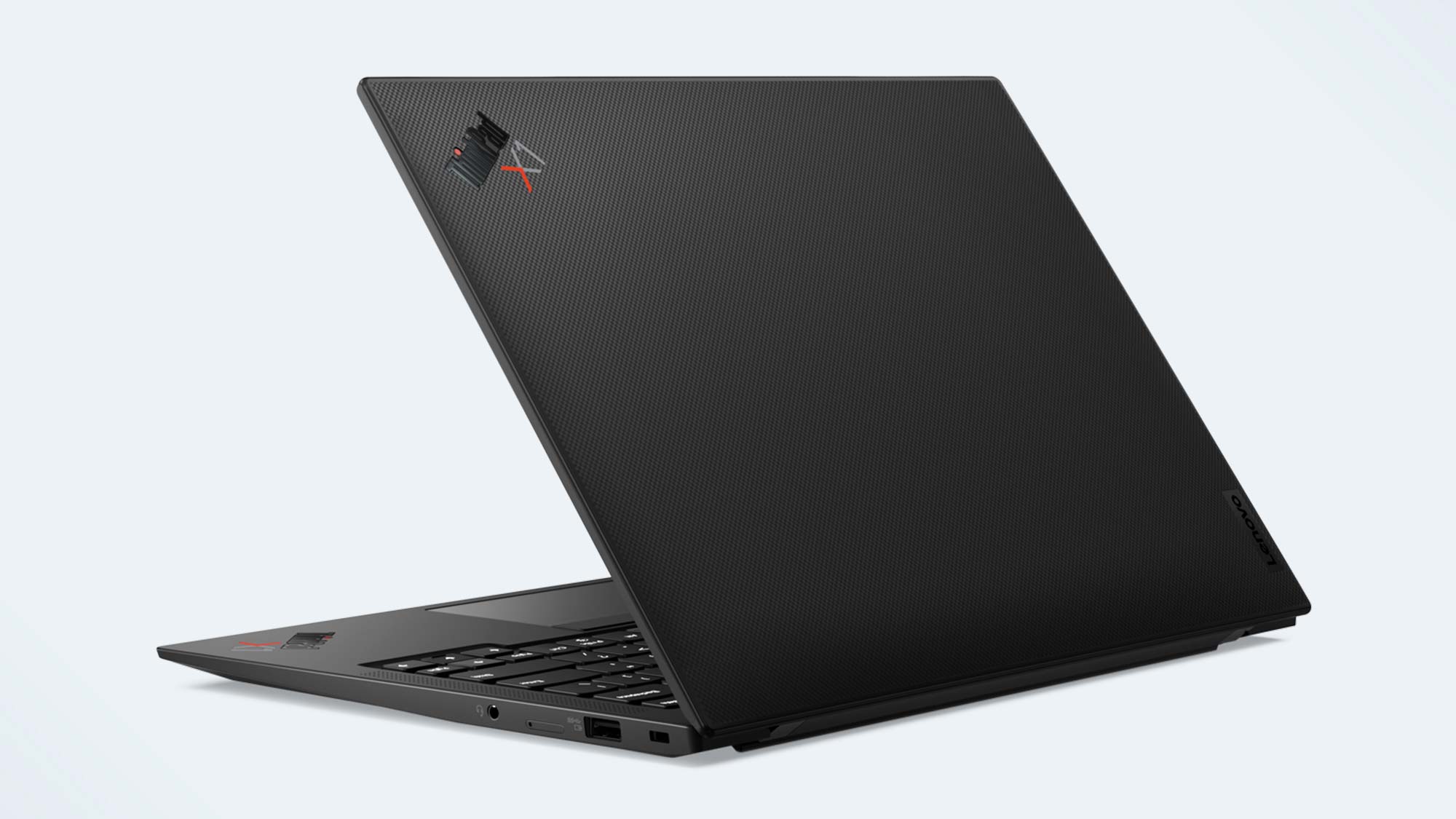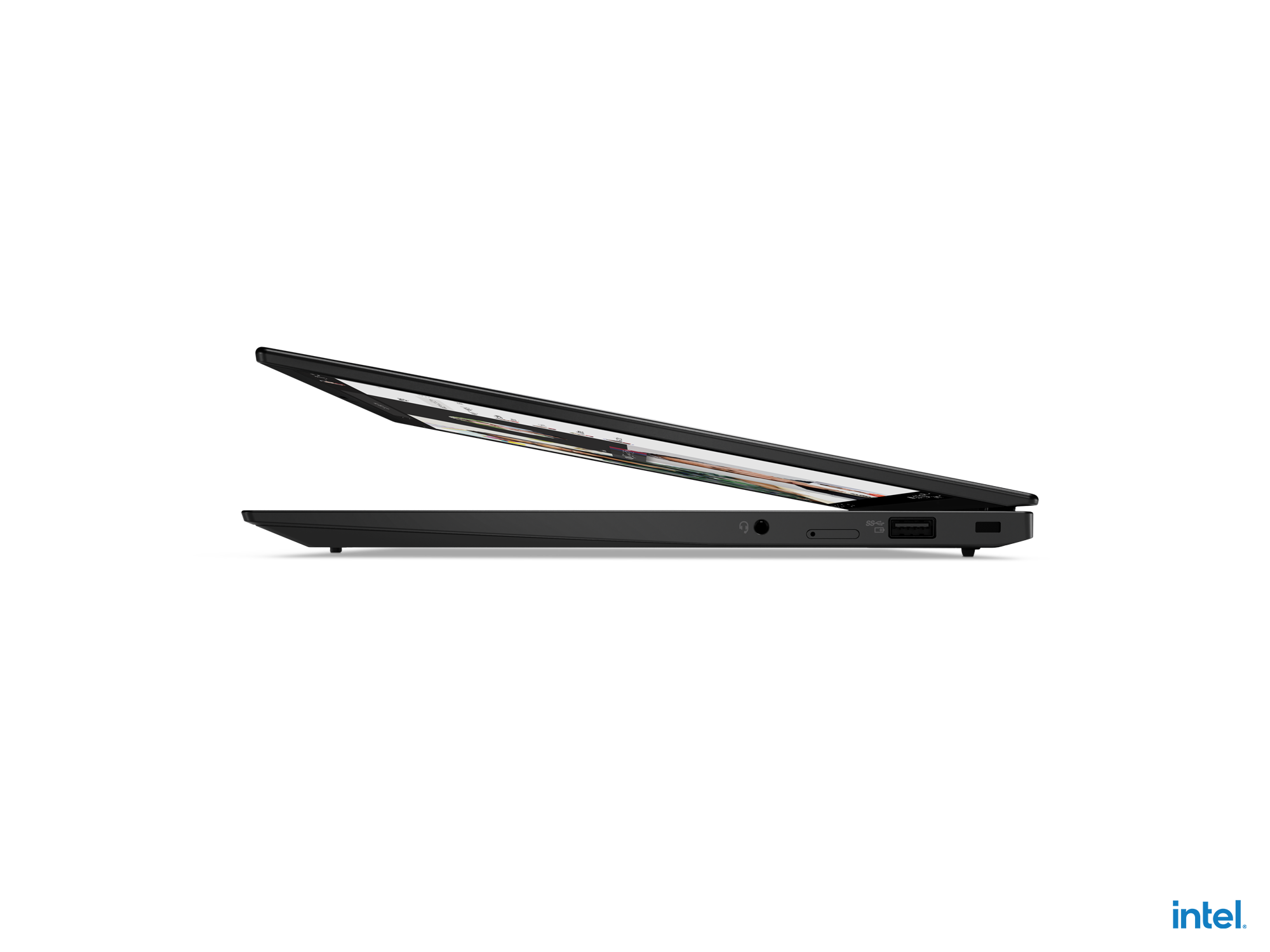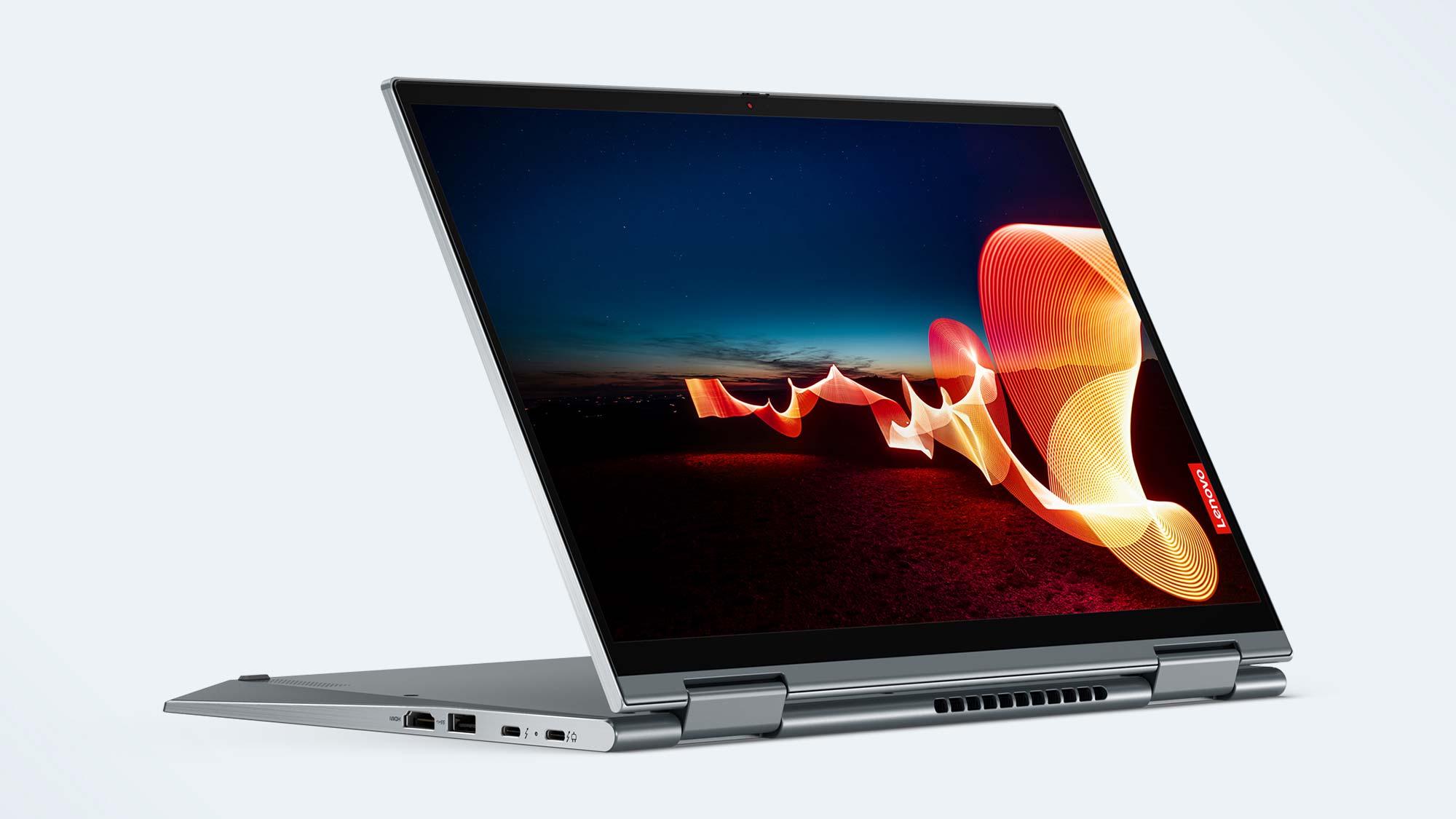Lenovo ThinkPad X1 Carbon gets huge upgrades at CES 2021 — watch out, MacBook Pro
The X1 Carbon and X1 Yoga now flaunt 16:10 aspect ratio panels

Lenovo's excellent ThinkPad X1 Carbon and ThinkPad X1 Yoga business laptops are getting subtle but important productivity upgrades. Redesigned for 2021, the Carbon and Yoga now flaunt a 16:10 aspect ratio, meaning their screens are slightly taller than before. Other changes include a larger touchpad and a bigger battery and additional ventilation. Also new this year is Dolby Voice, a feature designed to microphone quality during video conferences.
For those who are unfamiliar, the X1 Carbon and X1 Yoga aren't just the best business laptops, they're some of the top notebooks on the market. With a larger battery and new 11th Gen Intel chips with Iris Xe graphics, these 2021 models could address the few shortcomings we surfaced in our reviews of the previous models. If they do, the competition will fall even further behind.
Lenovo ThinkPad X1 Carbon (Gen 9): Design, display and specs
The ThinkPad X1 Carbon is getting a bigger makeover than it has in the past few years. Those who have patiently waited to see what Lenovo does to the X1 Carbon in 2021 will be handsomely rewarded.
The first big difference in the new model is the 16:10 aspect ratio of the display. Most laptops still use a standard 16:9 aspect ratio but the trend is going toward taller, more narrow displays. The taller screen is particularly useful for business laptops as it lets you view more content on webpages or in documents or spreadsheets. Yes, slightly thicker black bars will appear around videos but it's a worthwhile tradeoff for the added productivity.

Another update Lenovo made to boost your productivity is expanding the touchpad to be 110 millimeters, or 4.3 inches, wide. That isn't any larger than what you see from the competition but it finally addresses one of our main complaints with the previous version, which had a small 3.9-inch touchpad.
Performance, endurance and cooling should also be better on the new model. Starting to battery life, the X1 Carbon Gen 9 has a larger 57Wh battery, so we're hoping it can extend the impressive 10 hour and 45-minute runtime put up by its predecessor.
Of course, the X1 Carbon will flaunt the latest 11th Gen Intel Core CPUs with vPro and Iris Xe graphics. Paired with the CPU are up to 32GB of RAM and up to a 2TB of Gen 4 PCIe SSD. With an improved cooling system using rear venting, the X1 Carbon should deliver better performance over longer sessions.
Sign up to receive The Snapshot, a free special dispatch from Laptop Mag, in your inbox.

That 16:10 display I mentioned earlier is available in five different options. There is a 14-inch, 4K panels with HDR400, capable of covering 100% of the DCI-P3 color gamut. If you prioritize battery life over display quality, there are four 14-inch, 1080p options include a non-touch and touchscreen version with 400 nits of brightness. Lastly, there is a 1080p panel with a built-in privacy filter that reaches 500 nits.
This Gen 9 model looks almost identical to the previous versions, complete with a red pointing stick and carbon fiber lid. At 12.4 x 8.7 x 0.6 inches and 2.5 pounds, the X1 Carbon remains one of the lightest 14-inch laptops on the market. Ports are limited to two Thunderbolt 4 inputs, two USB Type-A ports, an HDMI 2.0 and a headphone jack.
You also get plenty of security options, including a power-on touch fingerprint reader, a TPM 2.0 chip, an integrated privacy screen (optional) and a webcam privacy shutter. Lenovo continues to use human presence detection, which dims or turns your screen off when you walk away and quickly logs you in when you return.
Lenovo ThinkPad X1 Yoga: Design, display and specs
The 2-in-1 version of the X1 Carbon, the X1 Yoga received similar updates. It, too, has a 16:10 aspect ratio, a bigger touchpad and a larger battery. The X1 Yoga now comes in a Storm Gray color variant with a tone-matched keyboard, as seen in the below photos.
Made out of aluminum, the ThinkPad X1 Yoga is heavier than the X1 Carbon, coming in at 12.4 x 8.8 x 0.6 inches and 3 pounds. It's still lightweight but not class-leading. For ports, there are two Thunderbolt 4 ports, two USB Type-A inputs, an HDMI 2.0 and a headphone jack.

Display options include a 13-inch, 4K panel with 500 nits of brightness or three 14-inch, 1080p options with 400 nits or 500 nits and an ePrivacy display.
You also get 11th Gen Intel Core vPro CPUs with Iris Xe Graphics, up to 32GB of RAM and up to a 2TB PCIe SSD. Lenovo ramped up the cooling on the X1 Yoga as well so it should remain comfortable on your lap, even under a heavy workload.
Both the X1 Carbon and X1 Yoga have a generous buffet of connectivity features, including Wi-Fi 6 support, 4G LTE or 5G connectivity and Bluetooth 5.1.
Outlook

Already our favorite business laptops, the X1 Carbon and X1 Yoga are getting more than a standard processor refresh. These new notebooks come with 16:10 aspect ratio displays, an improved cooling system, larger battery capacities and wider touchpads. Those changes should improve your productivity, and allow you to work for longer without having to plugin.
This pair of sleek enterprise laptops remains on the cutting edge when it comes to connectivity, offering Thunderbolt 5 and optional 5G. They also come with the latest security solutions, from a fingerprint sensor to an IR camera with a lens cover, and even a privacy display. Add longer runtimes and faster 11th Gen Intel Core vPro CPUs and it's hard to see a future where the ThinkPad X1 Carbon and X1 Yoga aren't atop our favorite business laptop rankings.
Phillip Tracy is the assistant managing editor at Laptop Mag where he reviews laptops, phones and other gadgets while covering the latest industry news. After graduating with a journalism degree from the University of Texas at Austin, Phillip became a tech reporter at the Daily Dot. There, he wrote reviews for a range of gadgets and covered everything from social media trends to cybersecurity. Prior to that, he wrote for RCR Wireless News covering 5G and IoT. When he's not tinkering with devices, you can find Phillip playing video games, reading, traveling or watching soccer.

